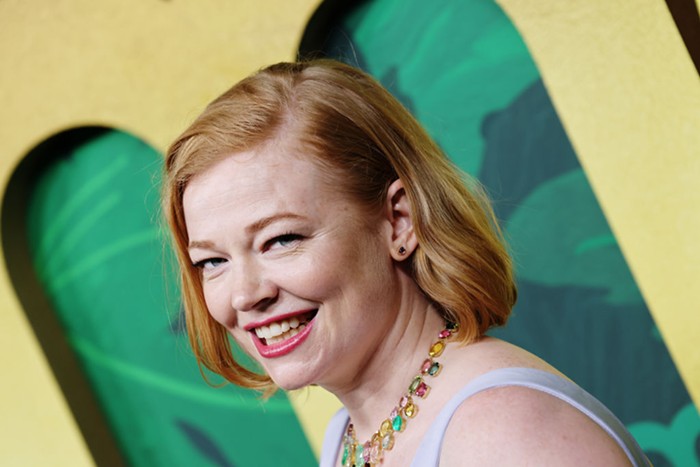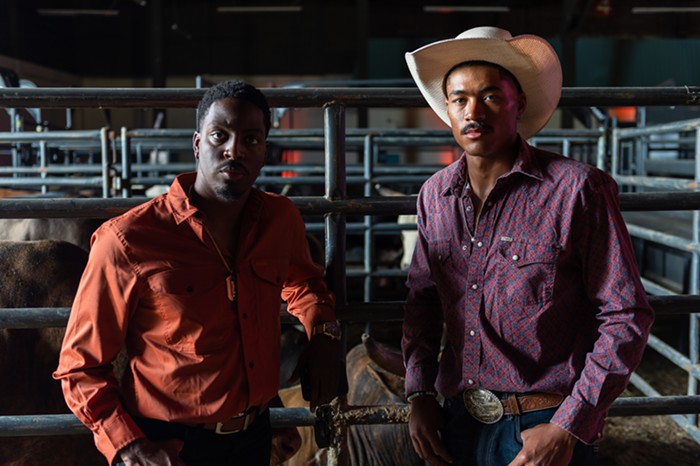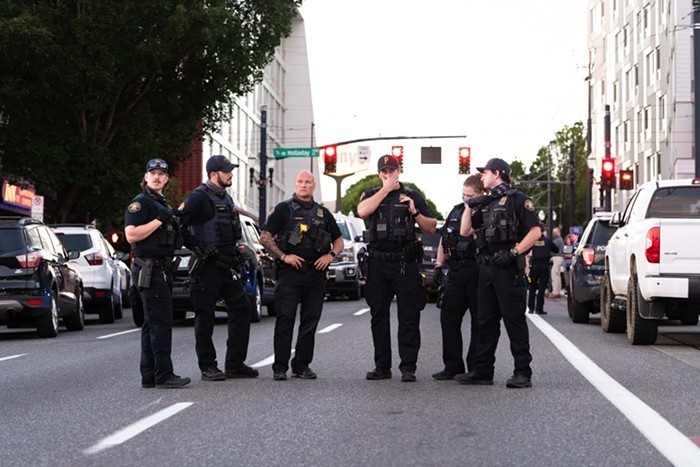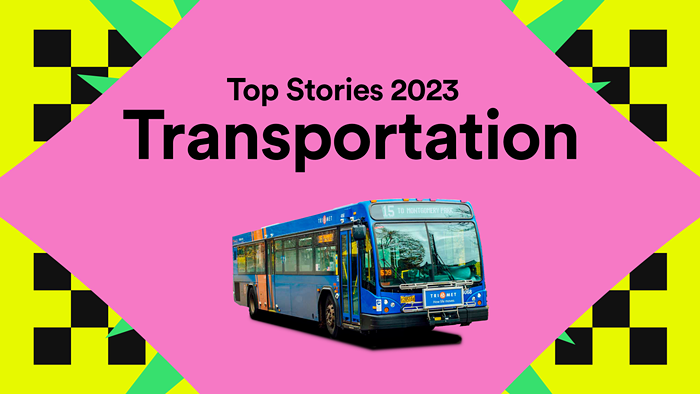Big news out of PICA: They've just received a $200,000 grant from ArtPlace, an initiative of the National Endowment for the Arts and a handful of federal agencies and foundations whose goal is the support of "creative placemaking." For the purposes of this post, that means PICA's "hub-and-spoke facility model," wherein a central office supports projects at satellite venues throughout the city.
PICA's Executive Director Victoria Frey explains this model in the press release: “PICA’s practice of itinerant programming allows for us to invest more resources in the artist’s projects rather than maintaining facilities overheads. By selecting venues appropriate to the artist’s project we are not only serving the specific needs of the artist, but are also engaging our community in their own neighborhoods. The ArtPlace grant is recognition of this innovative model and it will allow us to further professionalize this practice and create more opportunity for artists and audiences.”
I emailed PICA press dude Patrick Leonard for some more details on what the grant means for PICA. His response after the jump!
Each year, when we take over a location for THE WORKS, we use every square foot of the space, and operate as many programs as we can fit into the span of our tenancy. Over the past few years in WHS, we've not only hosted stage performances, galleries, and our beer garden, but we've also run film screenings, opened up for a local band to shoot a music video (Parenthetical Girls), offered rehearsal space to local performers and provided rooms for artists to construct projects. The community energy and point of convergence created in THE WORKS (while still running events all throughout the city), is something we'd like to continue year-round.As we are in the process of finding a new office space with more direct community access (rather than being mediated in that relationship through our location in the Wieden+Kennedy building), we're looking to break the model of white box gallery/black box theater that has hamstrung so many organizations with fixed overheads and fixed expectations of what programming will be taking place in a space. We're seeking to re-create the experience of THE WORKS on some level throughout the year, but taking over a space that serves as a hub of activity, where SOMETHING will always be happening. In the office/hub location that we're developing, we want to be able to host a small exhibit, a working residency, a film screening, a dinner and conversation, a reading, a chat or lecture, a publishing project, and more. We're trying to avoid the model whereby audiences show up for an opening night, and the space sits empty for the rest of an exhibit or performance run—we want people to know to look to our space for interesting, ever-changing activity.
So, in the process of creating this in an office, the investments we make in mobile technology (like ticketing equipment, laptops, sound tech), and flexible architecture (risers, seating, mobile box office? it's up-in-the-air still), will at the same time make it easier for us to operate in our historically itinerant way, hosting events in temporary spaces throughout town, as fits the audience and needs of the artist/project. Right now, we make a huge investment in these spaces and galleries like THE WORKS, only to have to demolish it all, rather than being able to fold it up and move shop somewhere else. Knowing the realities of the real estate market, we also are aware that we might be having to move office spaces occasionally, though we hope that will be more on a 3-5 year timeline, rather than the annual nature of TBA.
This doesn't mean that the Works will be held at the new space, however. "It will inevitably be much smaller than TBA requires," Leonard says, "but it will try to replicate the many uses and the energy of THE WORKS in our daily offices."












